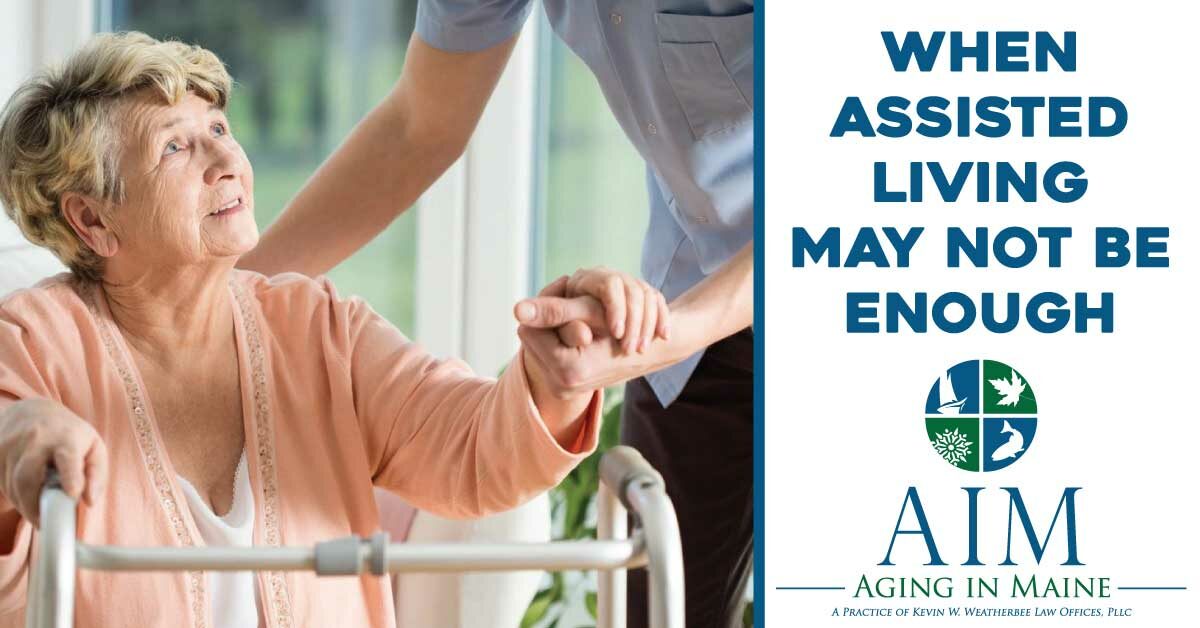Jerry’s mother Jane decided, on her own, that it was time to move into an assisted-living facility. Jane’s arthritis had worsened to the point where she couldn’t dress herself, she struggled to get in and out of the shower, and she was lonely living by herself.
Jane did very well at her new place. The social activities helped her mood, the staff was available to help her bathe and to monitor her medication for her, and she appreciated not having to cook any more.
However, over time Jane showed signs of dementia. The facility she had moved to was simply not set up to meet her needs. Dementia patients can become disoriented, wander away into danger or exposure, or become agitated or aggressive. Dementia is a particularly difficult disease to care for, as the right balance must be struck between sufferers’ need for social contact and mobility on the one hand, and safety for themselves and others on the other hand.
There are facilities that provide “memory care” services, with locked doors to prevent wandering, but these are usually more expensive and Jane’s wasn’t one of them. If the facility doesn’t have staff trained in how to “talk down” and reassure an agitated or aggressive resident, staff may over-rely on psychotropic medication. But over-medicated patients are exposed to increased risk for strokes, falls, and confusion. Staffing and training regulations vary widely across the states, and often the staff-resident ratios are left to the facilities to determine. For-profit facilities must balance staffing expenses with attention to their bottom line. The problem is particularly acute in rural areas, where there are fewer facilities available.
It’s particularly important, then, that residents’ family-members keep tabs on the facility’s environment and treatment of residents. Here are questions to look out for:
- Is the facility is clean, sanitary, and in good repair?
- What is the ratio between staff and resident?
- What training does the staff get? What is the staff turn-over rate?
- Are residents medically assessed at least once a year?
- Are the hot-water temperature controls kept at a safe and effective level?
- Are the following kept away from residents: Alcohol, cigarettes, and toxic cleaning supplies and disinfectants?
- Are medications kept in a safe, locked place that is not accessible to anybody other than employees responsible for the supervision of the medication?
- Is safe storage provided for knives, matches, firearms, tools, and any other items that could constitute a danger?
- Are there provisions in place to protect life and property against fire and panic?
With careful monitoring, assisted-living facilities may provide a safe environment – but monitoring can also flag when the environment is no longer safe enough.
We help families find, access and pay for long-term care. If we can help you or a loved one, please don’t hesitate to reach out. Call or Email us today!




